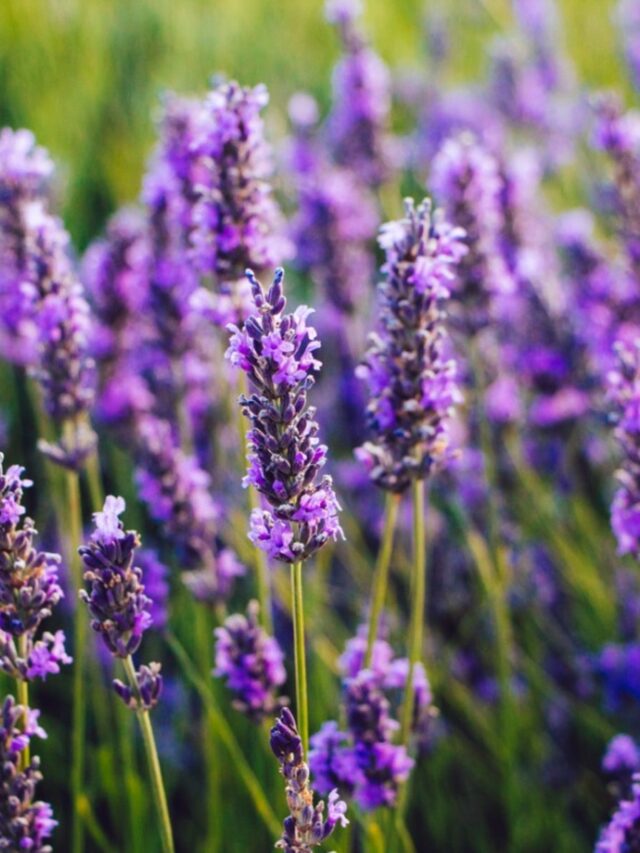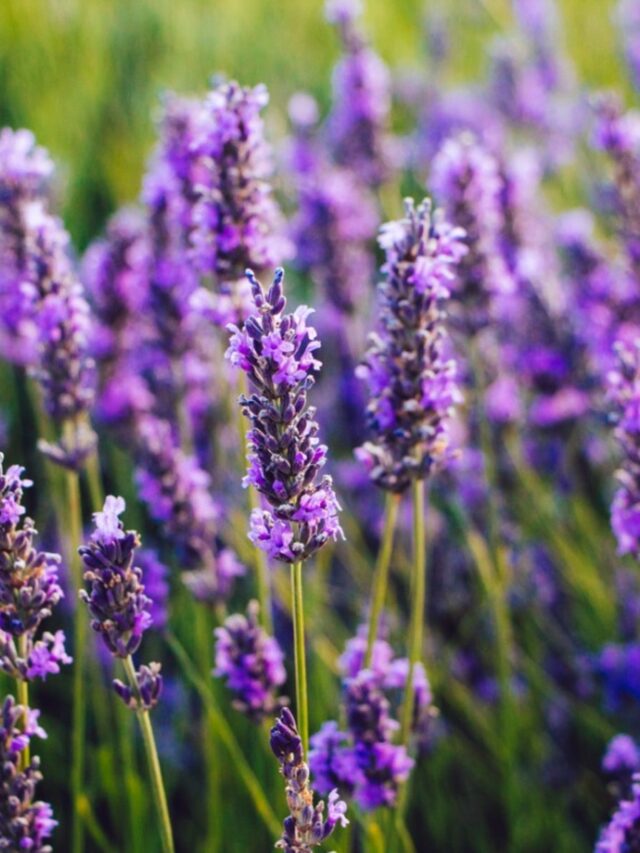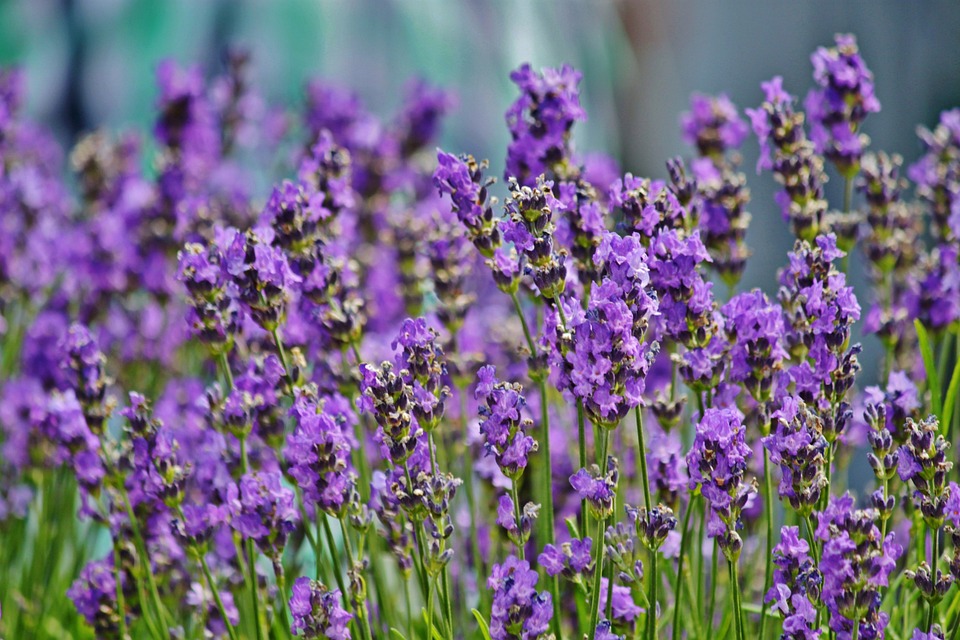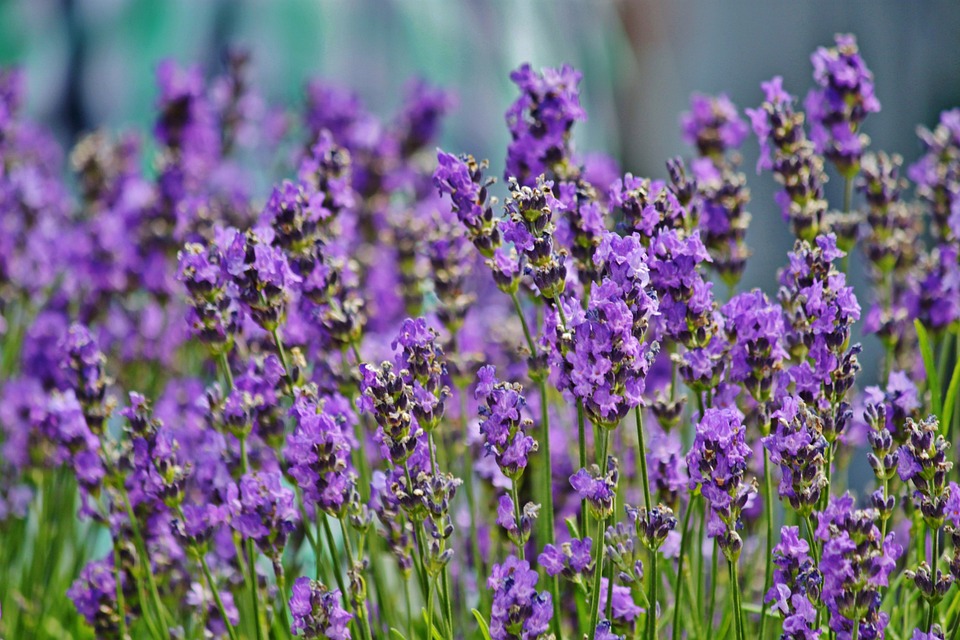Perennial flowers are a gardener’s delight, offering beauty and stability to gardens year after year.
Unlike annuals, which complete their lifecycle in a single season, perennials return each spring, providing a consistent and reliable display of color and texture.
This guide will cover everything you need to know about growing and caring for perennial flowers, from selecting the right plants to ensuring their long-term health and beauty.
Selecting the Right Perennial Flowers

Choosing the right perennials for your garden is the first step towards success.
Consider the following factors:
Climate and Hardiness Zone
Perennials are often rated by their hardiness zone, which indicates the climatic conditions they can withstand.
The USDA Hardiness Zone Map is a useful tool for determining your zone.
Choose perennials that are suited to your zone to ensure they survive the winter and thrive in your garden.
Soil Type and Sun Exposure
Different perennials have varying requirements for soil type and sunlight. Some prefer well-drained sandy soil, while others thrive in clay or loamy soil.
Similarly, some perennials need full sun (at least six hours of direct sunlight per day), while others do well in partial shade or full shade.
Assess your garden’s conditions and select plants accordingly.
Garden Design and Plant Height
Consider the design and layout of your garden. Think about the color scheme, bloom time, and the height of the plants.
Taller perennials should be placed at the back of the border, while shorter ones can be placed in the front or as ground cover.
Mixing plants that bloom at different times ensures continuous color throughout the growing season.
Planting Perennial Flowers

Once you’ve selected your perennials, it’s time to plant them. Follow these steps for successful planting:
Preparing the Soil
Test the Soil: Before planting, conduct a soil test to determine its pH and nutrient levels.
Most perennials prefer a neutral to slightly acidic pH (6.0-7.0).
Amend the soil based on the test results to provide the best growing conditions.
Improve Soil Structure: Add organic matter such as compost, peat moss, or well-rotted manure to improve soil structure, drainage, and fertility.
Clear the Area: Remove weeds, rocks, and debris from the planting area. Weeds compete with perennials for nutrients and water, so it’s important to start with a clean slate.
Planting Process

Digging the Hole: Dig a hole that is twice as wide and as deep as the root ball of the plant.
This allows the roots to spread easily and establish themselves.
Positioning the Plant: Place the plant in the hole at the same depth it was growing in the pot.
Backfill with soil, pressing down gently to eliminate air pockets.
Watering: Water the plant thoroughly after planting to help settle the soil and establish root-to-soil contact.
Mulching: Apply a 2-3 inch layer of mulch around the plant, but keep it away from the stem to prevent rot.
Mulch helps retain moisture, suppress weeds, and regulate soil temperature.
Caring for Perennial Flowers

Proper care is essential for maintaining the health and beauty of perennial flowers.
Here are key aspects of perennial care:
Watering
Consistent watering is crucial, especially during the first year when plants are establishing themselves. Here are some watering tips:
Frequency: Water deeply and infrequently rather than shallow and often. This encourages deep root growth.
Morning Watering: Water in the early morning to reduce evaporation and allow foliage to dry, which helps prevent disease.
Mulching: Mulch helps retain soil moisture, so less frequent watering may be necessary.
Fertilizing
Perennials benefit from regular feeding, but it’s important not to over-fertilize:
Early Spring: Apply a balanced, slow-release fertilizer in early spring as new growth begins.
Mid-Season Boost: A mid-season application of compost or a liquid fertilizer can give plants a boost.
Avoid Late Fertilizing: Avoid fertilizing late in the season, as this can encourage new growth that may not harden off before winter.
Pruning and Deadheading

Pruning and deadheading help maintain plant health and encourage more blooms:
Deadheading: Remove spent flowers to encourage more blooms and prevent the plant from setting seed.
This keeps the plant looking tidy and can extend the flowering period.
Pruning: Cut back perennials after flowering to tidy up the plant and promote new growth.
Some perennials benefit from a mid-season cutback to rejuvenate them.
Winter Pruning: In late fall, cut back dead foliage to prevent disease and pests.
However, leaving some seed heads can provide winter interest and food for birds.
Dividing Perennials
Many perennials benefit from being divided every few years to rejuvenate them and prevent overcrowding:
Timing: The best time to divide perennials is in early spring or late summer/early fall when temperatures are cooler.
Digging Up: Carefully dig up the plant and shake off excess soil to expose the roots.
Dividing: Use a sharp knife or spade to divide the root clump into smaller sections, ensuring each section has roots and shoots.
Replanting: Replant the divisions at the same depth they were growing previously and water well.
Dealing with Pests and Diseases

Perennials can be susceptible to various pests and diseases. Here are some common issues and how to address them:
Common Pests
Aphids: These small insects suck sap from plants and can cause distorted growth.
Control them by spraying with insecticidal soap or introducing beneficial insects like ladybugs.
Slugs and Snails: These pests can chew holes in leaves.
Use slug pellets, copper tape, or natural predators like birds and frogs to control them.
Spider Mites: These tiny pests cause stippling on leaves.
Control with regular watering to increase humidity and using insecticidal soap.
Common Diseases
Powdery Mildew: This fungal disease appears as a white powdery coating on leaves.
Prevent it by ensuring good air circulation and watering at the base of the plants.
Fungicides can also be used if necessary.
Rust: This disease causes orange or yellow spots on leaves.
Remove and destroy infected leaves and apply fungicides if needed.
Root Rot: Caused by overwatering and poor drainage.
Improve drainage and avoid overwatering to prevent this disease.
Winter Care for Perennials

Proper winter care ensures that perennials survive the cold and come back strong in the spring:
Mulching: Apply a layer of mulch after the ground freezes to protect roots from extreme cold and temperature fluctuations.
Cutting Back: Cut back dead foliage to prevent disease, but consider leaving some seed heads for winter interest and wildlife.
Watering: Water perennials well in the fall before the ground freezes to ensure they have enough moisture to survive the winter.
Protection: For tender perennials, consider using protective coverings like burlap or cloches to shield them from harsh winter weather.
Popular Perennial Flowers
Here are some popular perennials that are easy to grow and care for:
Daylilies (Hemerocallis): Known for their vibrant flowers and hardiness, daylilies thrive in a variety of conditions.
Hostas: Perfect for shady areas, hostas have beautiful foliage and are easy to maintain.
Coneflowers (Echinacea): These hardy perennials are drought-tolerant and attract pollinators with their colorful blooms.
Peonies: With their large, fragrant flowers, peonies are a garden favorite and can live for decades with proper care.
Black-eyed Susans (Rudbeckia): These cheerful flowers are easy to grow and provide long-lasting blooms from summer to fall.
Conclusion
Growing and caring for perennial flowers can be a rewarding experience, adding long-lasting beauty and stability to your garden.
By selecting the right plants for your climate and garden conditions, planting them properly, and providing consistent care, you can enjoy a vibrant and thriving perennial garden year after year.
Remember to monitor for pests and diseases, divide plants as needed, and give them proper winter protection to ensure their longevity.
With a little effort and attention, your perennials will flourish, bringing joy and color to your outdoor space for many seasons to come.






